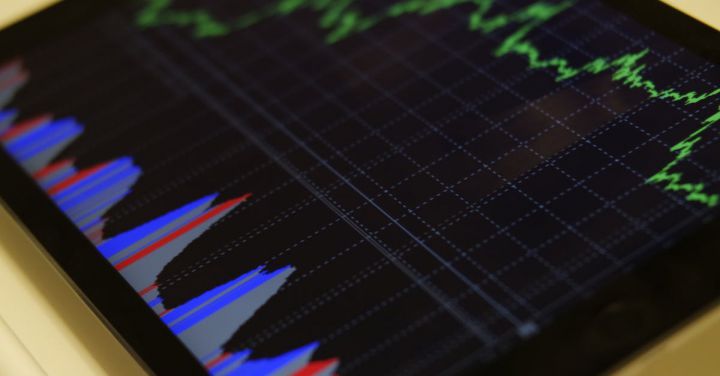In today’s fast-paced business landscape, small and medium-sized enterprises (SMEs) face numerous challenges. One of the critical challenges is managing risks effectively. Risk assessment is a fundamental process that allows SMEs to identify potential risks and develop strategies to mitigate them. In this article, we will explore some risk assessment techniques specifically tailored for SMEs.
1. SWOT Analysis:
SWOT analysis is a popular technique used by SMEs to assess risks and opportunities. It involves analyzing the strengths, weaknesses, opportunities, and threats facing the business. By identifying strengths and weaknesses, SMEs can determine their internal risks. Additionally, by evaluating opportunities and threats, they can assess external risks. SWOT analysis provides SMEs with a comprehensive understanding of their risk landscape.
2. Risk Mapping:
Risk mapping is a visual technique that helps SMEs identify and prioritize risks. It involves plotting risks on a matrix based on their likelihood and impact. By doing so, SMEs can focus on high-impact, high-likelihood risks and allocate resources accordingly. Risk mapping provides a clear overview of the risk landscape and facilitates informed decision-making.
3. Scenario Analysis:
Scenario analysis involves developing and analyzing different hypothetical scenarios to understand potential risks. SMEs can create scenarios based on factors such as economic changes, market trends, or technological advancements. By assessing the impact of these scenarios on the business, SMEs can identify specific risks and develop appropriate risk management strategies. Scenario analysis helps SMEs prepare for potential risks and adapt to changing circumstances.
4. Business Impact Analysis:
Business impact analysis (BIA) is a technique that assesses the potential consequences of a risk event on the business. It involves identifying critical business processes, determining their dependencies, and evaluating the impact of a disruption. SMEs can prioritize their risk mitigation efforts based on the importance and vulnerability of each process. BIA provides SMEs with a clear understanding of the potential impact of risks on their operations.
5. Control Self-Assessment:
Control self-assessment (CSA) is a technique that involves SMEs conducting their risk assessments internally. It empowers employees to identify risks and evaluate the effectiveness of existing controls. By involving employees in the risk assessment process, SMEs can tap into their knowledge and expertise. CSA fosters a risk-aware culture within the organization and enhances risk management capabilities.
6. External Expertise:
SMEs can also seek external expertise to conduct risk assessments. Hiring consultants or engaging with industry experts can provide SMEs with valuable insights and perspectives. These experts can bring in-depth knowledge and experience to help SMEs identify and manage risks effectively. By leveraging external expertise, SMEs can gain a fresh perspective on their risk landscape.
In conclusion, risk assessment is crucial for SMEs to navigate uncertainties and protect their business. By utilizing techniques such as SWOT analysis, risk mapping, scenario analysis, business impact analysis, control self-assessment, and external expertise, SMEs can develop a robust risk management strategy. It is important for SMEs to regularly review and update their risk assessments to stay proactive and resilient in today’s dynamic business environment.



